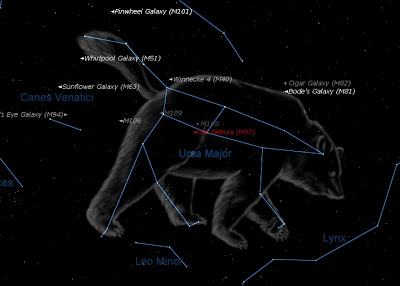
The Sun
The Sun is the largest object and contains approximately 99.8% of the total of the mass of the Solar System.
Characteristics of the Sun
Age : 4.5 billion years
Shape : Spherical
Diameter : 1 390 000 km
Mass : 1.989 x 1034 kg
Mean density : 1.410 gm/cm^3
Gravity : 28 x gravity on Earth
Mean surface temperature : 6 000°C
Principal chemistry
Hydrogen : 70 %
Helium : 28%
All others : 2%
Structure of the Sun
The Sun atmosphere has several layers


Photosphere
The photosphere is the compact layer of gas seen to be shining with yellow light from earth
This layer is responsible for radiating heat and light from the Sun
It temperature is approximately 6 000°C
Chromosphere
The chromosphere is an irregular layer lies above the photosphere
It temperature rises from 10 000 °C and 500 000°C
It reddish can be seen during a total solar eclipse
Corona
The corona is the outer layer of the Sun
It extends far out into space and is very hot
It temperature is about 1.5 million °C
Phenomena on the Sun’s surface and their effects
Sunspots


Sunspots is a dark and cool regions that appear on the photosphere
Prominences


Prominences are huge clouds of gases which rise from chromosphere
It can last two to three months
It can extend approximately 50 000 km above the sun’s surface
Solar flare

Solar flares are tremendous explosions on the surface of the Sun
Solar flares directly affect the ionosphere and radio communication on Earth
Refresh Refresh
The Sun warms our planet, provides the light to and also necessary for
life on earth
The Sun is 150 million km far away from Earth
Sunspots always appear in pairs
Prominences are usually associated with sunspots activity
Solar flares can cause electrical power outages and damaged
communication satellites
Aurora is the phenomenon that cause the sky near the poles to become
colorful
Solar wind is a constant flow of plasma expanding from the corona










































